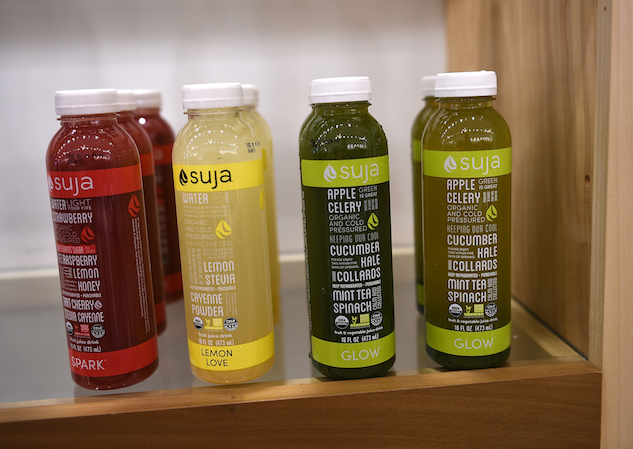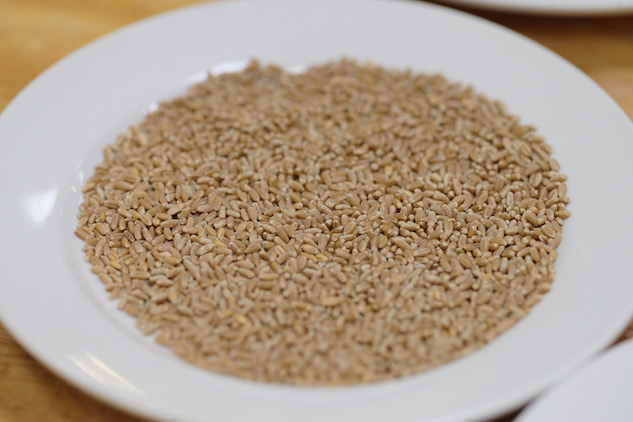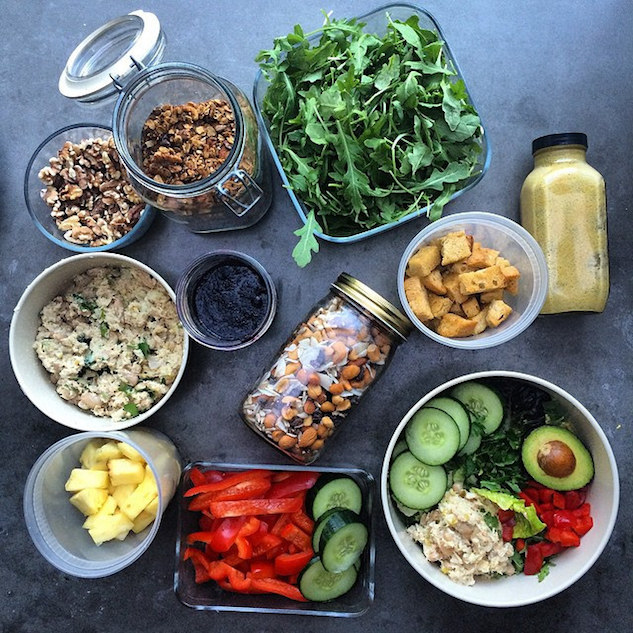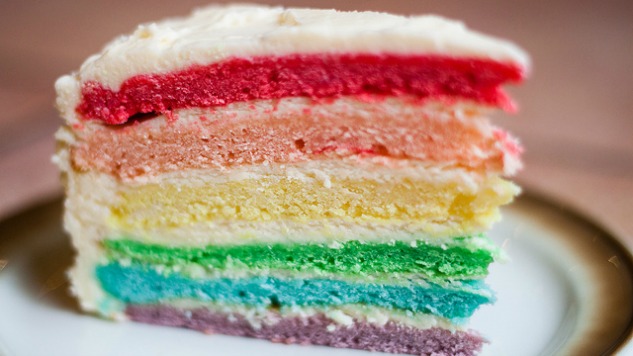12 Food Trends, Ranked From Most To Least Practical For College Students
Photo by Andrew Burton/Getty
Food trends are interesting but definitely hard to follow. No one is completely sure if kale is still popular or not or if Instagramming brunch is embarrassing. Though college students have a reputation of being in touch with the latest trends, there are some things that stand in the way of a typical college student, such as not owning a kitchen, having limited spending money and not being able to cook. Below are some food trends, ranked by how easily a college student can follow it.
1. Brunch
Brunch, a hybrid of breakfast and lunch, is the perfect meal for college students. Even though most people eat brunch on Sundays between 10 a.m. and noon, college students wake up at around those times every day so following the trend is only natural. Plus, by combining the two meals, college students save meal swipes and are prepared to eat more at their buffet-style dining halls.
Practicality rating: 10.0/10.0
2. Avocado toast
For a college student that didn’t buy the meal plan, avocado toast (which is literally avocado on toast) is a lifesaver. The lightly salted avocado provides a rich, buttery spread on the crispy toast (most likely made in a dorm room toaster), while being a healthy ambiguous breakfast, lunch, snack and dinner option. In addition, the toast is versatile and there are many customizable toppings and seasonings for it, such as scrambled eggs, cilantro and lemon juice, hot sauce (or sriracha) and various lunch meats left in the fridge. The only downside is that sometimes avocado toast leaves unused avocado halves that brown quickly which is terrible unless you own an avocado saver.
Practicality rating: 9.5/10.0
3. Frozen Food
Frozen food may seem like a thing of the past with Hungry Man and Kids Cuisine TV dinners, but many new brands, like Annie’s and Amy’s Kitchen, are reinventing the frozen food aisle with healthier organic versions. Though buying these in bulk and popping them in the microwave might seem like an easy solution to meal preparation, they can get a little costly and, if you live in a dorm, these tiny packages of deliciousness might be stolen by your floormates if you keep it in your shared kitchen fridge.
Practicality rating: 8.5/10.0
4. Bowls
There are many different types of bowls that are trending now. Power bowls, which are just fancy salads in bowls, is the new salad for “hot, skinny people,” according to The New York Post. Smoothie bowls, often decorated with fruit and granola, are another type of bowl that’s gotten a lot of hype in the past few months. Coincidentally, college students have always been eating out of bowls, whether it’s cereal or ramen (it’s technically a cup, but it’s close enough to a bowl). Though practical and versatile, a downside is that bowls require some colorful produce and assembly, otherwise it’s not nice enough to be Instagrammed.
Practicality rating: 8.0/10.0
5. Greek yogurt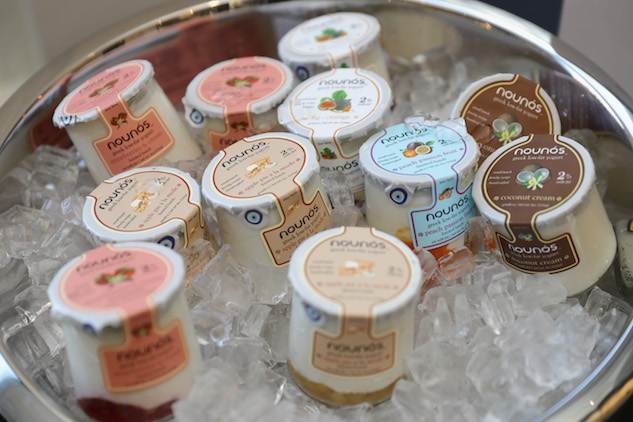
Greek yogurt is a thicker version of regular yogurt with more protein, and it comes in fewer flavors (but unlike yogurt, it comes in a popular tart non-fat, sugar-free flavor that tastes almost like sour cream). It’s great in smoothies or served with fruit and granola for a quick and healthy breakfast. However, it can often be replaced by its cheaper cousin, regular yogurt.
Practicality rating: 7.8/10.0
-

-

-

-

-

-

-

-

-

-

-

-

-

-

-

-

-

-

-

-

-

-

-

-

-

-

-

-

-

-

-

-

-

-

-

-

-

-

-

-

